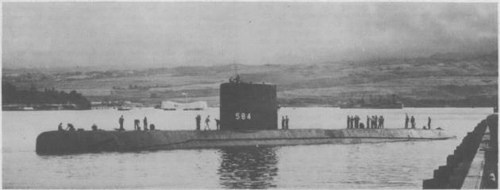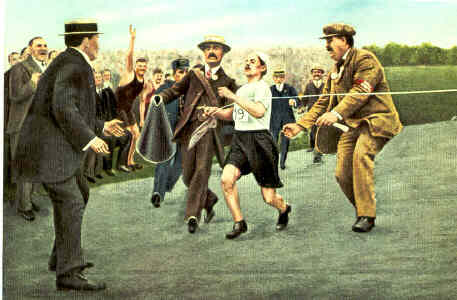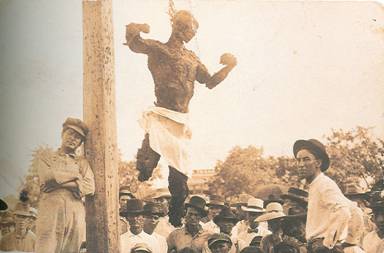
In August 1960, the submarine U.S.S. Seadragon surfaced at the North Pole. During their visit, the crew laid out a softball diamond with the pitcher’s mound at the pole.
“If you hit a home run you circumnavigated the globe,” recalled crew member Alfred S. McLaren. “If you hit the ball into right field, it was across the international date line into tomorrow, and if the right fielder caught it, he threw it back into yesterday.”
Captain George P. Steele later claimed he hit a fly ball at 4 p.m. Wednesday that wasn’t caught until 4 a.m. Thursday.
See also A Freak of Navigation.




